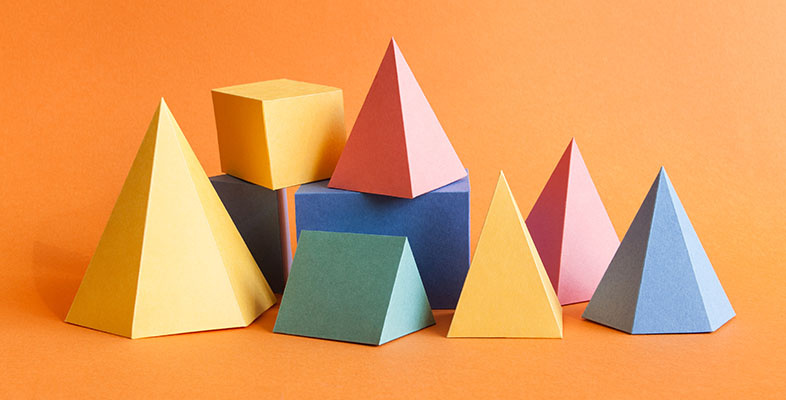1.5 Moving on from counting and working out relationships between quantities
Suppose I have 7 biscuits and you have 4 biscuits. I have 3 more than you.
Here, the number 3 gives the relationship between the two different quantities of biscuits, between the number of my biscuits and the number of your biscuits. It is harder for children to work out problems like this, which involve relationships, than problems that just involve quantities. It is not so much the number crunching that is the difficulty but the conceptual understanding of relationships which is difficult. Children can count biscuits but they cannot count the relationship between the numbers of biscuits.
Skills which help children to grasp the concept of relationships between quantities are: adding and subtracting, understanding that these are inverses of each other and part-whole relationships.
Moving from using manipulatives to pictures and on to abstract numbers
When children first begin learning about numbers in the early years, their teachers will give them concrete materials to manipulate and count. These are referred to as manipulatives. Using manipulatives such as counters, bricks and specialist educational equipment is necessary for young children to develop their number sense.
As children become more proficient at using manipulatives, the teachers will begin to link the manipulatives to pictures, and to use pictorial images to represent number. As the children become more proficient at using images, they will be carefully introduced to more abstract ways of representing a number problem.
Whenever children need to make sense of new knowledge, teachers will often return to the chosen manipulatives or pictures and start the process of abstraction again.
